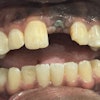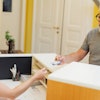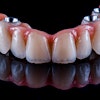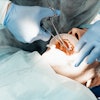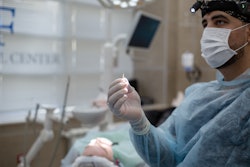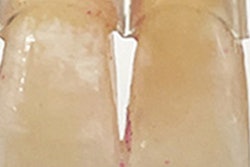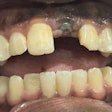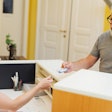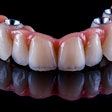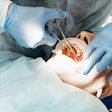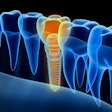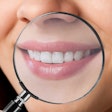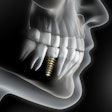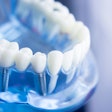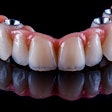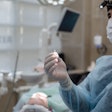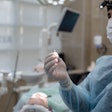Teeth grown in a lab using pig and human tooth cells, which may perform as well as real teeth, could be the answer to damaged teeth in the future, according to an article published in MIT Technology Review.
Pamela Yelick and Weibo Zhang, researchers at Tufts University School of Dental Medicine in Boston, have successfully created humanlike, bioengineered replacement teeth that were then implanted into pigs and could lead to a viable alternative to dental implants.
"They're not beautifully formed teeth yet," Yelick said in the article. "But we're optimistic that one day we will be able to create a functional biological tooth substitute that can get into people who need tooth replacement."
 A graphical representation of the tooth regeneration process. Image courtesy of Yelick and Zhang. Licensed under CC BY-NC-ND 4.0.
A graphical representation of the tooth regeneration process. Image courtesy of Yelick and Zhang. Licensed under CC BY-NC-ND 4.0.
To create the bioengineered teeth, Yelick uses cells from pig jaws, which she obtains from slaughterhouses. Pigs have multiple sets of teeth, so there are cells from underdeveloped teeth that have not broken through the gums. After collecting the cells, Yelick and Zhang grow them in a lab until there are a sufficient number of cells.
In past experiments, Yelick and other researchers "seeded" the cells onto scaffolds -- toothlike structures -- that were then implanted into the abdomens of rats to complete the growth process. However, recently, Yelick used pieces of pigs' teeth as scaffolding material. The tooth fragments were then implanted into the jaws of six mini pigs. Two months later, the teeth were removed and evaluated.
Yelick and researchers found the teeth grew in a pattern similar to that of healthy adult teeth, including having layers of cementum and dentin. "They’re very toothlike," Yelick said.
The discovery, published in Stem Cells Translational Medicine, may allow dentistry to shift away from dental implants, which pose certain issues and risks, including peri-implantitis, an infection of the soft tissues surrounding an implant that can lead to bone loss.
"It's very difficult to replace an implant, because first you have to rebuild all the bone that has been absorbed over time that's gone away," Yelick said.
The discovery offers hope to millions of people that living, functional teeth and tissue could restore hope and quality of life. According to the U.S. National Institute of Dental and Craniofacial Research, by age 50, most individuals have lost eight teeth, and by age 65, nearly 1 in 4 are edentulous.
"These results show that bioengineered teeth exhibit key properties of natural teeth that are lacking in titanium implants, and also indicate the potential ability to bioengineer PDL tissues onto titanium implants," Yelick and Zhang concluded.
